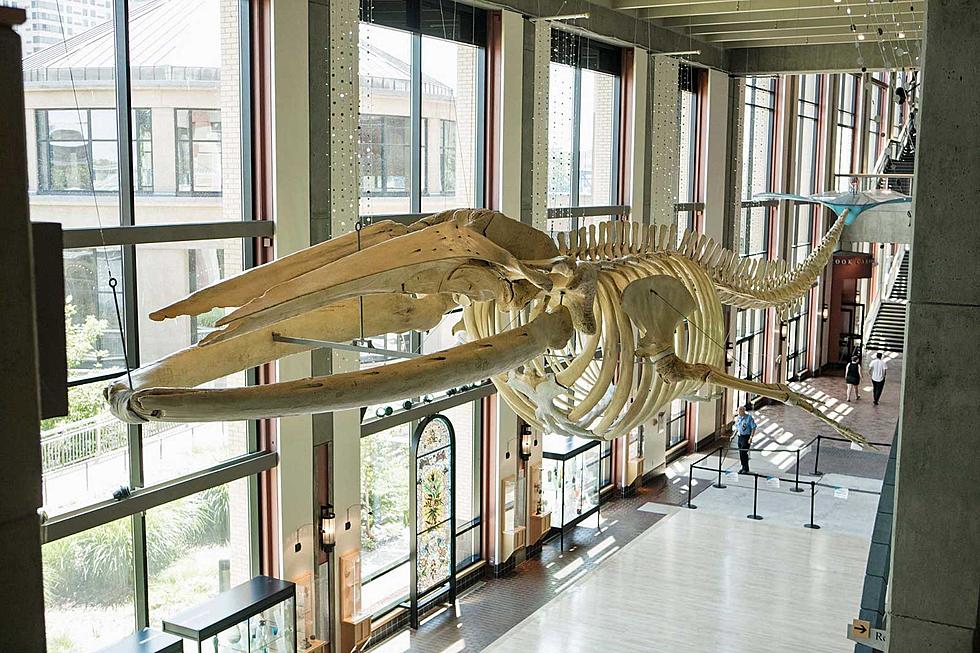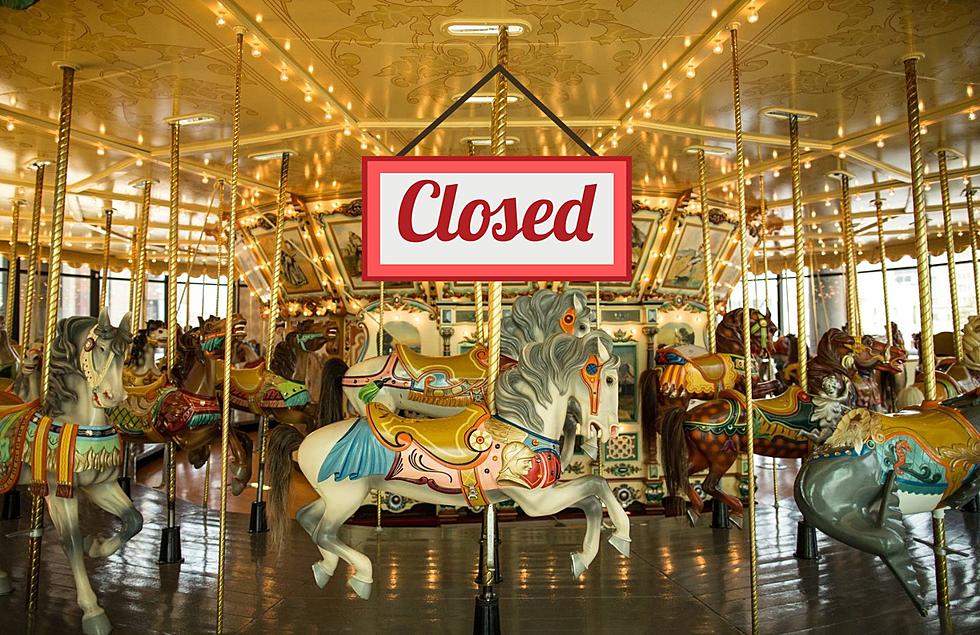
Grand Rapids Public Museum’s Whale Tale
As a kid growing up, I remember taking school field trips to the Grand Rapids Public Museum. One of the first things you see would be the huge whale skeleton hanging from the ceiling of the old museum, located on Jefferson.
The whale skeleton was the centerpiece of the old museum. It was the first thing you saw and from the second floor balconies, you could see it at eye level.
Where did the whale come from?
I recently found an interesting article from Grand Rapids Historical Commission that gave some details on the whale's history.
The whale has been around for over 100 years! Way back in 1905, the Kent Scientific Museum came up with $450 to purchase the skeleton. It was part of a collection owned by Dr. Jacob Velie from St. Joseph, Michigan. Velie acquired the whale on a trip to the Florida Gulf Coast, where the mammal had washed ashore. It was an adult whale that would have weighed between 80 and 90 tons (That's 160,000 to 180,000 pounds!)
After the museum purchased the 76 foot whale skeleton, it was put on display at the West Michigan State Fair in Comstock Park. About 3,000 people came to view the skeleton for a price of 10 cents each. (Raising $300, or two-thirds of the original purchase price!)
After this first public display in West Michigan, the whale skeleton found a home in the whale barn at the original museum, which was the Howlett house at the corner of Jefferson and Washington Streets.
When the "new" building opened on Jefferson Street in 1940, the whale was suspended from the ceiling of the main hall of the building.
For 33 years the whale was suspended over the main floor of the Grand Rapids Public Museum. In 1973, the whale was dismantled and restored. This was quite the undertaking. Meijer founder, Fred Meijer, underwrote the cost of the restoration. Local office furniture manufacturer, Steelcase, supplied a 40-foot semi-trailer to move the bones to Chicago for the restoration.
The whale is once again suspended above the first floor Galleria in the museum's newest location, at 272 Pearl Street NW, where it has been since the building opened in 1994.
What kind of whale is it?
Surprisingly, it wasn't until 1994 that museum found out what type of whale it is. Dr. James Mead of the Smithsonian determined it was a fin whale, formerly known as a herring whale or razorback whale. It is the second-longest species of whale after the blue whale. Measuring in at 76 feet in length, it is one of the largest mounted skeletons in the United States. Mead said it was “one of the most complete whale skeletons he had even seen exhibited.”
Does the whale have a name?
The Grand Rapids Public Museum refers to the whale as "Finny". You can read more about "Finny" on display here.
So the next time you are at the Grand Rapids Public Museum, look up in awe at the huge whale skeleton and enjoy it's beauty...now that you know more about it.
LOOK: Stunning animal photos from around the world
More From Mix 95.7









